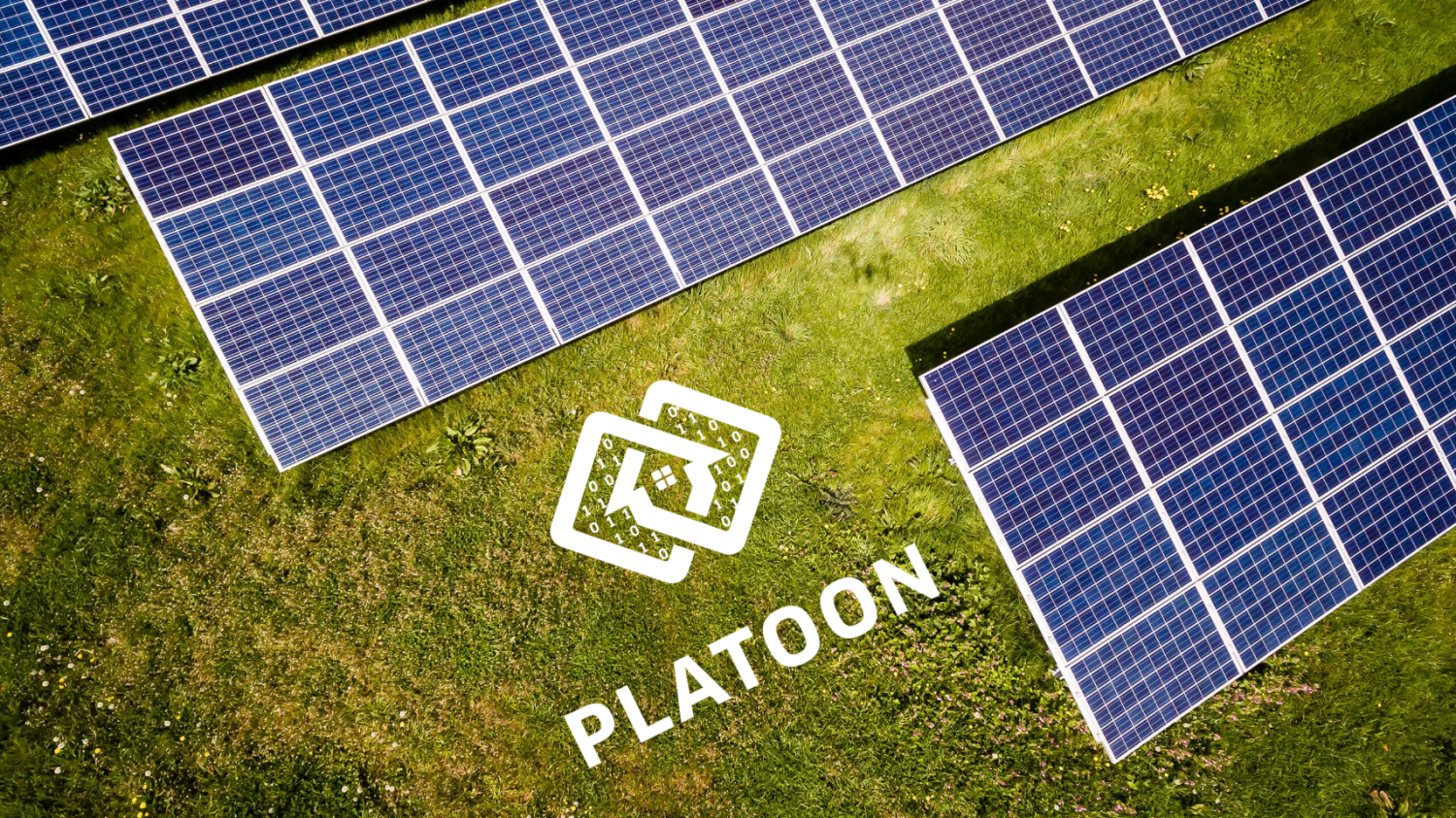Overall concept underpinning the project

In an ideal world, it would be desirable to have a single platform that fits perfectly the necessities for all the stakeholders of the energy sector. However, the reality is that it is almost impossible to implement such an approach in practice. In fact, most of the stakeholders already have their own platform (usually more than one) that specifically meets their business requirements. Installing a new platform requires time and money that companies are not willing to spend.
On the other hand, having a single platform requires the introduction of a third-party company that is responsible for managing the platform and that will incur further costs. Also, companies continuously manifest that they do not want to rely on a single platform provider (the so-called vendor lock-in) but rather to have control over their platform and be able to change the platform provider if necessary.
Therefore, PLATOON has introduced a flexible and modular lightweight reference architecture that set the framework in a way that the different platforms from all the different stakeholders can share data with each other as well as analyse and gain knowledge from it. In this sense, the reference architecture included two key elements:
- Interoperability layer based on open APIs and open data models based on existing standards that has enabled effective communication amongst different platforms.
- Data governance scheme based on IDS has ensured that the data is shared and utilized according to the specific agreements signed by the different stakeholders.
Also, and above all, the reference architecture framework has set the necessary cybersecurity requirements to ensure that system is immune to malicious attacks.
Finally, as a result of the project, PLATOON has created an analytical toolbox formed by a list of modular analytical tools that can easily be integrated into specific platforms for specific applications.
These analytical tools can be grouped into two categories:
- Generic Big Data tools, such as data ingestion and integration tools, visualisation tools, etc. and
- Energy-specific tools for application in the energy sector, such as, demand forecast tools, energy usage optimisation tools, predictive maintenance tools, etc.